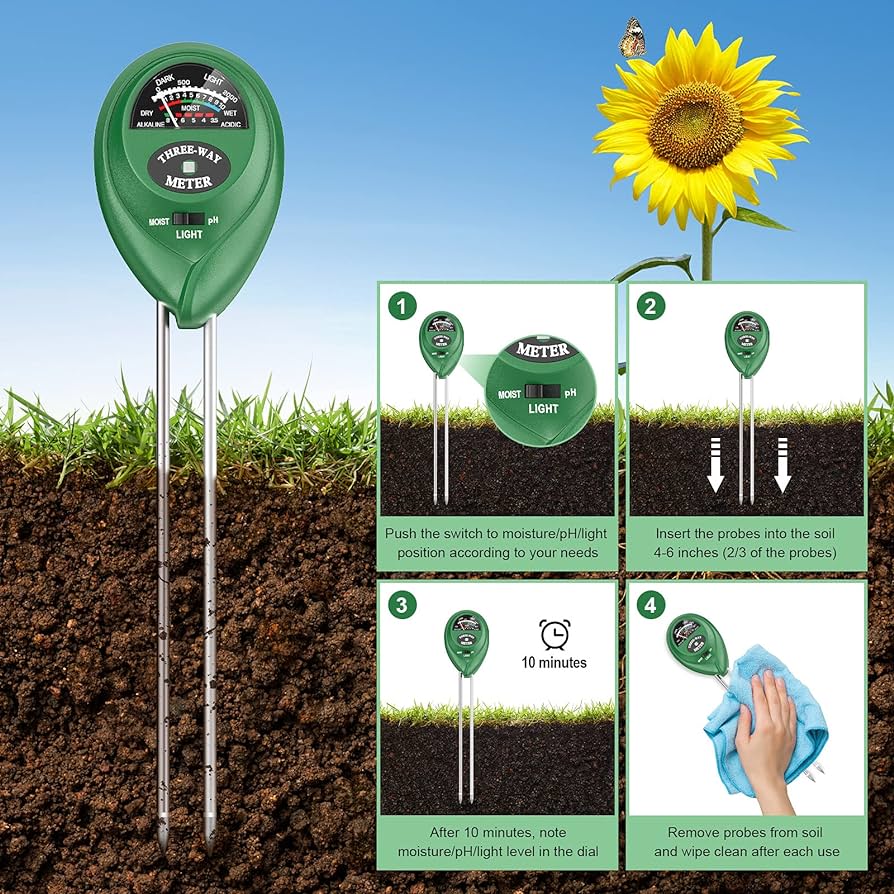The changing of seasons often brings certain adjustments to your regular lawn maintenance routines. After providing your warm-season lawn with constant hands-on care throughout the summer, many homeowners are ready to step back as their lawns approach winter dormancy.
Although fall lawn care can be less demanding than summer maintenance, a healthy lawn still needs attention to ensure green-up in the spring. Some don’t realize that the success of the lawn’s spring green-up greatly depends on the maintenance that goes into it before winter dormancy.
What is winter dormancy?
Winter dormancy is a natural process in which warm-season grass enters a period of rest and preservation while sunlight and heat aren’t as available. Warm-season grasses include zoysia grass, St. Augustine, bermuda, and centipede. The purpose of dormancy is for the lawn to conserve its nutrients and enable it to survive the low temperatures of winter.
When does grass go dormant?
Warm-season grasses will not enter winter dormancy until late fall when soil temperatures drop and remain below 55 degrees (typically sometime after mid-September-October when temperatures are 65 degrees Fahrenheit, depending on your geographic location).
Of course, it’s important to note that every type of grass has a slightly different growing period. Thus, not all lawns will go dormant at the same time of year.
Apply a fertilizer.
To ensure fast green-up in the spring, apply fertilizer to warm-season grass before it enters dormancy. This will provide your lawn with the nutrients it needs to survive the winter. The grass blades will turn brown, but the roots underneath the soil’s surface are still alive and store these nutrients until it comes out of dormancy.
Apply a Pre-Emergent Herbicide.
Fall is one of the most effective times to apply a pre-emergent herbicide to lawns. As the name suggests, a pre-emergent herbicide prevents weeds, while a post-emergent treats existing weeds.
Applying pre-emergent herbicides will ensure weeds do not overtake your lawn once spring arrives. One of the most infamous hard-to-control weeds you may recognize is Poa annua. Post-emergents aren’t always effective, so it’s best to prevent them with a pre-emergent. Although this weed tends to show up in the spring, it germinates during the fall, which is why it can be tricky to control.
Apply a Preventative Fungicide.
In addition to applying a pre-emergent herbicide, fall is the ideal time to use a preventative fungicide. Fall is one of the prime times for disease outbreaks. Once the lawn goes dormant and turns brown, discoloration caused by disease damage is hard to see until the grass greens up in the spring.
Don’t Stop Mowing Yet.
Although the grass is no longer in its peak growing season, it’s still a good idea to mow it until it enters dormancy. Generally, it’s best to continue mowing until temperatures drop below 50 degrees Fahrenheit during the day.
Our recommendation is to keep your grass a bit taller than normal. When grass is too short, it doesn’t offer as much protection and allows frost to get into the growing areas of your lawn. Keeping this area as protected as possible with slightly taller grass creates a barrier-like protection for the grass blades and stolons.
Water Less
Finally, your lawn will continue to need water. Even though it’s brown and dormant, it’s not dead and still needs water to survive. However, irrigation should be reduced. It doesn’t have to be watered as much as the active growing seasons (spring, summer, fall).
Following these simple yet effective steps will ensure your lawn survives the cold temperatures of winter. Although your grass may not grow as rapidly as during the summer months, it will continue growing until temperatures drop to about 65 degrees Fahrenheit and soil temperatures are about 55 degrees Fahrenheit. For this reason, caring for your lawn during the fall will encourage healthy growth this autumn, as well as fast green-up in the spring.





